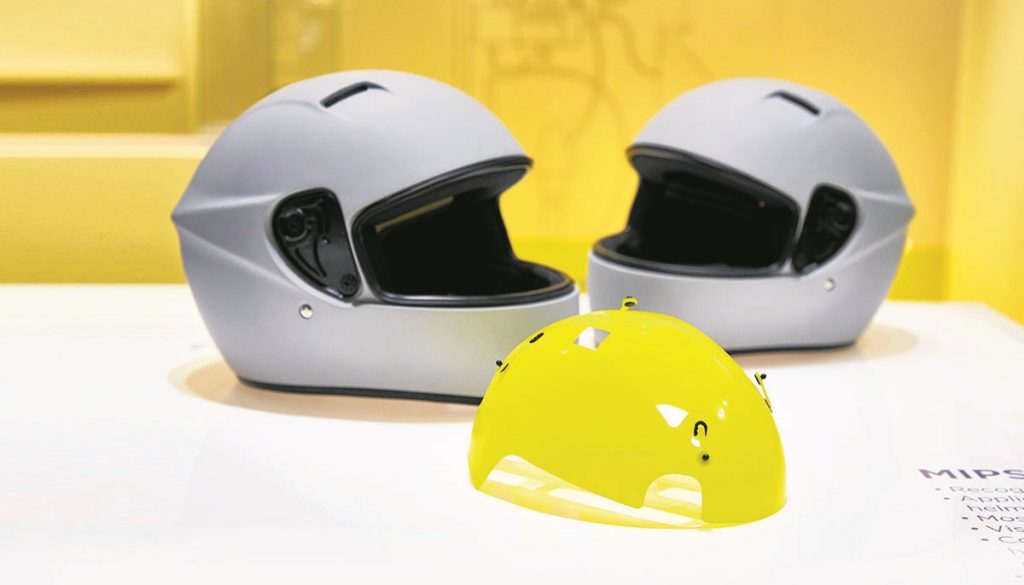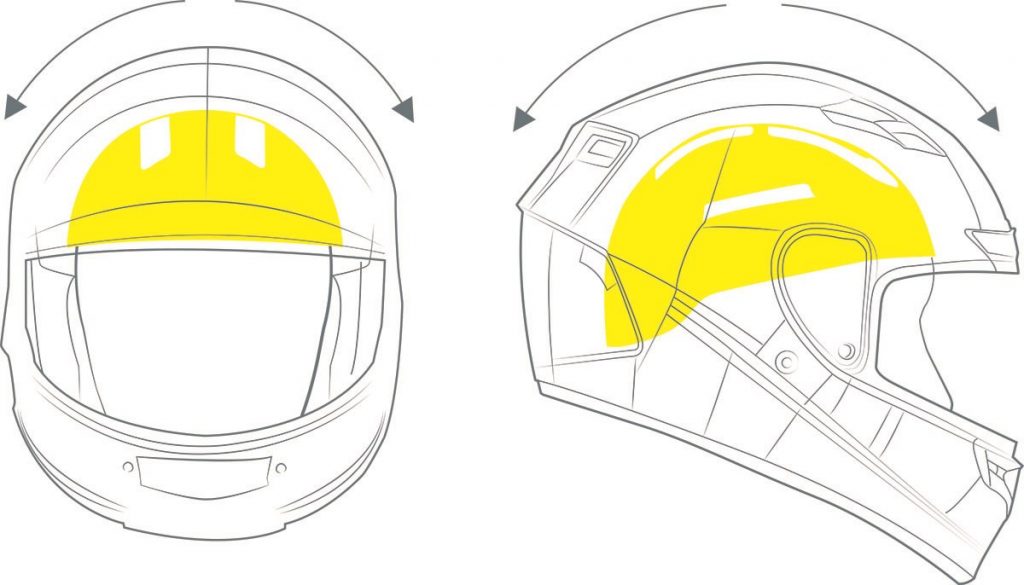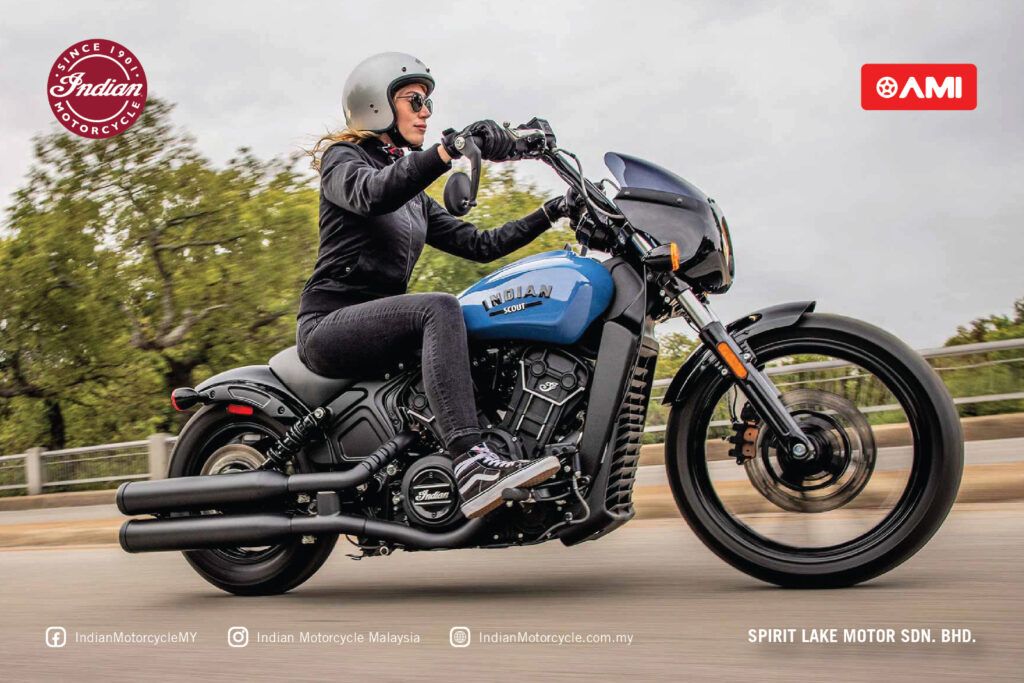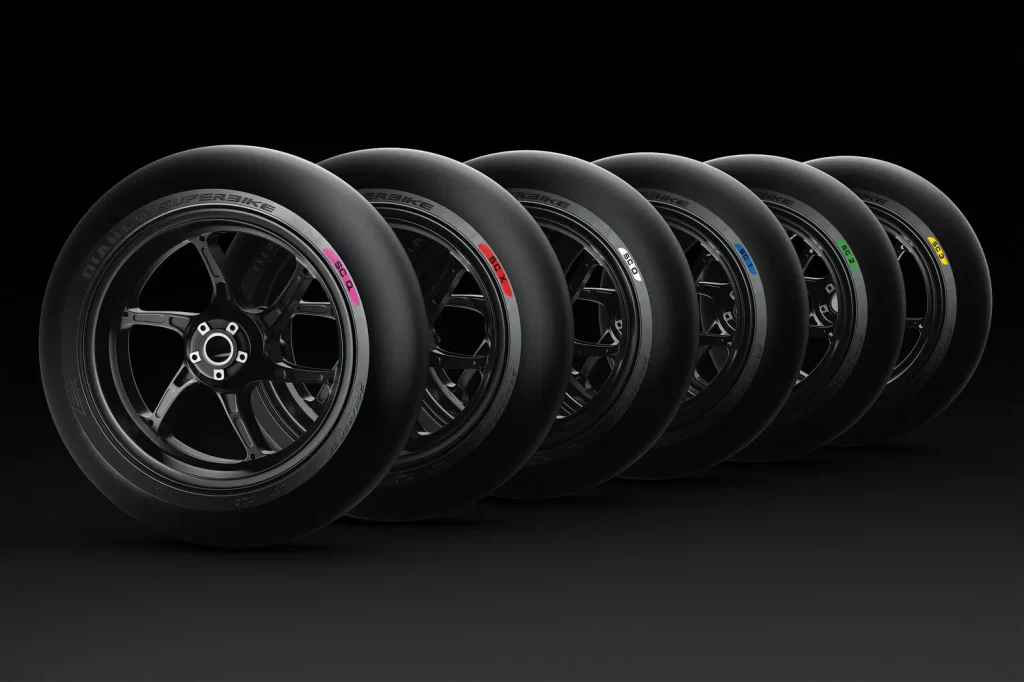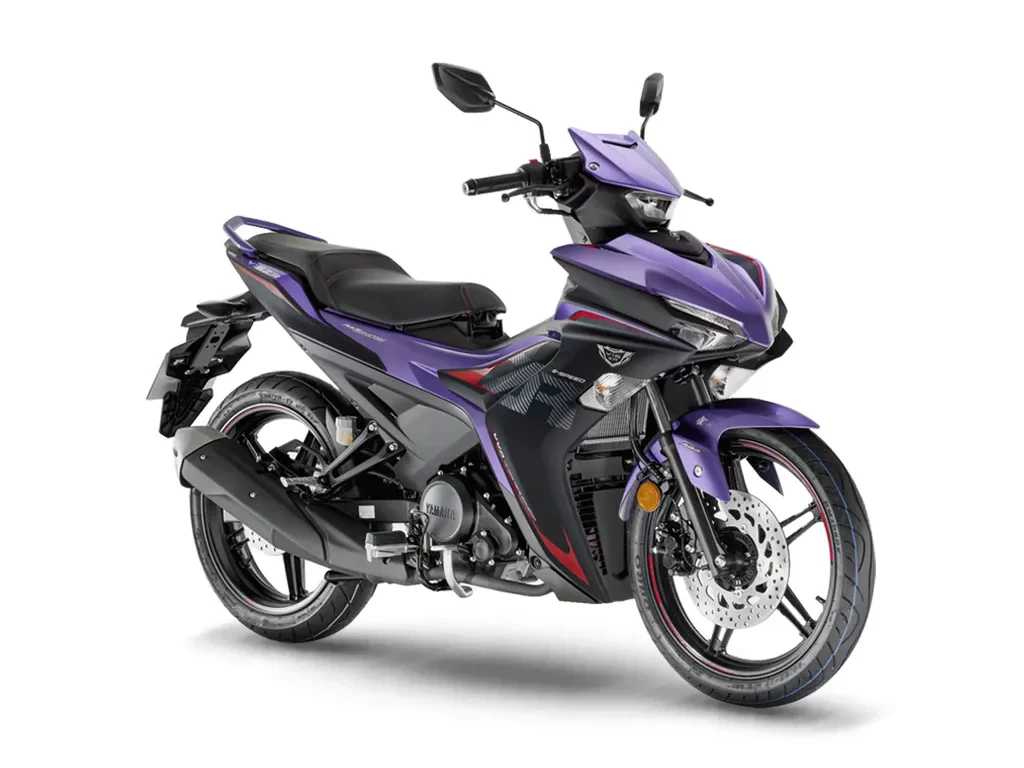-
The MIPS liner allows more space for the head to move inside the helmet in the event of a crash.
-
Consequently, the wearer’s head does not absorb the impact energy directly.
-
The creators hope more helmet manufacturers will pick up on the technology.
The EICMA show is not just about new bikes but also new technologies. The MIPS liner was one such highlight at the 2018 edition..
MIPS stands for “Multi-directional Impact Protection System.” It allows the wearer’s head to move inside the helmet should there be an impact.
Wait, allows the head to move around? We have to remember that the extent of injuries resulted from not how one crashed, instead they are dependent on how one stopped after the crash.
That is exactly what the EPS (Expanded Polystyrene) liner in a helmet addresses. The EPS liner is that thick, white-coloured liner which sits between the comfort liner (cushion) and the hard helmet shell. It crushes to absorb the impact energy by extending the distance for the head to move inside the helmet. The head does not stopped abruptly, as a result. This is the same concept behind crush zones for cars.
However, according to the MIPS Board, the EPS liner is not in doing its job enough. The origins of the MIPS liner go back to the 1990s when a neurosurgeon (brain surgeon) found many brain injuries despite the patients wearing helmets.
Helmet tests involve assessing how much energy is transferred to sensors or a head form within the helmet. The impact results from striking the helmet directly at 90o. In the real world, however, contacting an object perpendicularly is a rarity. Instead, it’s usually a glancing blow (due to the helmet’s round shape, among other things).
Striking an object at an angle other than perpendicularly sends a rotational force through the helmet. The soft tissue in the brain is subjected to shearing forces. It is like tearing raw meat away from the bone. It is this very factor which causes the worse brain injuries.
With the MIPS liner in place, the head has another 10- to 15mm of movement. The MIPS Board claims that it reduces force transmission by up to another 40%.
There are eight different MIPS liners for different applications in motorcycling, cycling and snowboarding. The MIPS Board aims to push the technology to present helmet makers, but they admit that the take up is slow. However, professional riders have shown much interest.
Source: MCN

